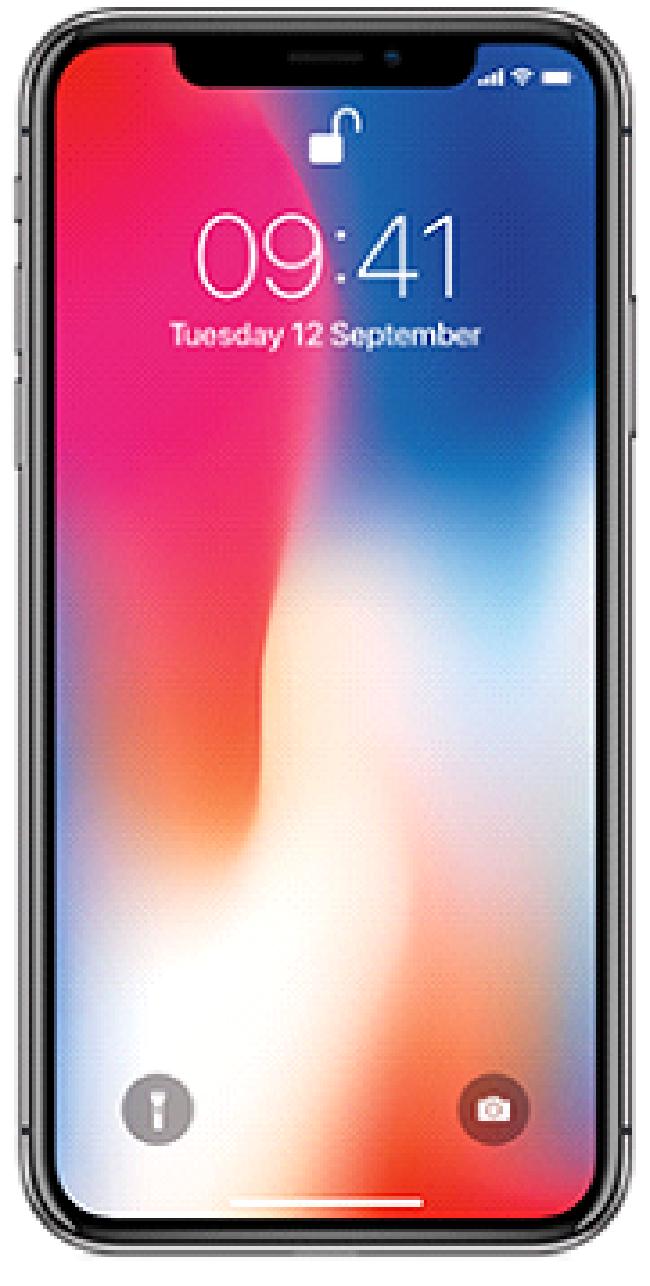Categories
Pixel density: How to calculate PPI?
6 minute read
Smartphone manufacturers are constantly battling to introduce the best mobile technology into their smartphones. One of the biggest battles we’ve seen so far has been over display quality and pixel densities. The latest smartphones have pixel densities of up to 807ppi. What does this mean and should pixel density be an important consideration?
In this article, we explain what pixel density (PPI) means, and why it can be used to determine the potential quality of a display.
What Is pixel density and PPI?

A mobile phone display, or any other display for that matter, has thousands (or even millions) of individual pixels. Pixels stand for picture elements – they’re important for building the images shown on a smartphone display. Images are formed when the smartphone display changes its millions of pixels to different colours. By changing each pixel to give the desired colour, smartphones can produce almost any image.
When comparing smartphone displays, it’s important to mention that there are different ways that pixels produce light. Organic LED displays and LCD displays produce light in a different way. This leads to changes in how the displays look – OLEDs will have a higher contrast ratio and LCDs give a brighter image.
Sometimes, comparisons between displays are drawn based on how individual pixels are formed – the subpixel arrangement can make a big impact on how easy it is to view and read text on a display. Finally, there’s pixel density. This has been the comparison point that most people have been drawn to in the smartphone industry.
To explain it simply, pixel density is used to measure how close together the pixels are on a mobile display. Typically, the most common way to measure pixel density is how many pixels there are per inch of display space. This is abbreviated to “PPI”.
The following diagram helps to explain “pixels per inch”. We have pieced together a hypothetical display that measures 1-inch in each direction. Each pixel is displayed as a square. Starting with the example on the left, we have a display with a single pixel. Because the display is 1 inch by 1 inch, it’s clear to see that the pixel density is 1PPI.
Now take a look at the second display. The pixels count has quadrupled. The PPI has increased to 2PPI - there are two pixels length-ways and 2 pixels vertically. This pattern continues as the PPI doubles to 4PPI and 8PPI in the two following displays.

As the pixel density of a display is increased, the image can show more detail. The next diagram explains this in action. As the pixel density is improved, the detail of the image shown on our hypothetical display improves. The image becomes clearer as the PPI improves.

In summary, higher pixel density means the display can show more detail. Displays that have a higher pixel density will be able to show sharper images and video.
One thing to make note of is that when the pixel density doubles, the amount of information actually quadruples. As an example, in the first image, as the display goes from 1PPI to 2PPI, the pixel count quadruples, even though the PPI is only doubled.
| Pixel Density (Pixels Per Inch/PPI) | Pixels Per Square Inch |
|---|---|
| 1ppi | 1 |
| 2ppi | 4 (double ppi = quadruple pixel count) |
| 4ppi | 16 |
| 8ppi | 64 |
| 458ppi (iPhone X Display) | 214,023 |
| 570ppi (Galaxy S8) | 322,093 |
| 577ppi (Galaxy S7) | 331,688 |
| 570ppi (Galaxy S9) | 331,688 |
| 570ppi (Google Pixel 2 XL) | 300,978 |
“Pixels per square inch” is a much better way to explain image quality. When the PPI increases, the “pixels per square inch” will quadruple. Compare the iPhone X (458ppi), to the Google Pixel 2 XL (570ppi) for example. The Pixel 2 XL offers 24.5% more pixels per inch. However, the “pixels per square inch” has actually increased by 40.6%. Picture quality has improved by more than is expected.
How to calculate pixel density
If you’d like to calculate the pixel density of your smartphone, you must first find the resolution. You can take either the horizontal or vertical resolution. Once you have the resolution, you must measure the length of the display. Usually, this will be measured in inches (2.54cm = 1 inch). If you divide the two numbers, you’ll find the “pixels per inch” (ppi).
Take a look at this example where we calculated the PPI of the Galaxy S9:

Shown above: An example of how to calculate the PPI on the Galaxy S9.
If you don’t have a method to measure your smartphone, you can often find the details for it online. Unfortunately, the display size is usually given as the diagonal length, which makes things a little trickier. As an example, the Galaxy S9 (pictured) has a display that measures 5.2x2.53 inches but size is usually stated as 5.8-inches. The 5.8 inch measurement is taken diagonally across the display. To convert the diagonal measurement to a horizontal and vertical length, you can use Pythagoras' theorem. (Or just use an online calculator that can do it all for you).
Pixel density: today’s smartphones & the limits of human vision

Recently, smartphone manufacturers have worked hard to create mobile displays that have higher pixel densities than we’ve ever seen before.
It all began in 2010. Apple launched the iPhone 4 and introduced the Retina display. According to Apple, the Retina display had 326 pixels per inch, which was sharp enough that most people weren’t able to visually spot the individual pixels. Magazines are typically printed at 300 dots per inch, so Apple’s Retina display was similar in image quality.
However, over the past decade, rival manufacturers have taken the PPI war to new levels. Earlier this year, Samsung and Google introduced flagship devices with 570ppi displays. Sony has taken things even further: the 4K Sony Xperia XZ Premium packs a massive 807 pixels per inch. Comparing the same area like-for-like, the Xperia XZ Premium packs almost 50% more pixels than the Galaxy S9.
Research shows that at a standard reading distance of 12 inches (30cm), people are able to see detail up to 720 PPI. For the average viewing distance for a computer monitor (2.5 feet or 76cm), this number drops to a total of 300 pixels per inch.
| Handset | Pixel Density (ppi) |
|---|---|
| Newspaper Quality | 200ppi |
| Samsung J5 (2017) | 282ppi |
| Printed Magazine | 300ppi |
| Viewing Limits of 20/20 Human Eye (2.5ft/76cm) | 300ppi |
| iPhone 8 | 326ppi |
| iPhone 8 Plus | 401ppi |
| Huawei P20 | 429ppi |
| Moto G5 | 441ppi |
| iPhone X | 441ppi |
| Samsung Galaxy Note 8 | 521ppi |
| Samsung Galaxy S9+ | 529ppi |
| Google Pixel 2 XL | 538ppi |
| LG G7 | 564ppi |
| Viewing Limits of 20/20 Human Eye (1ft/30cm) | 720ppi |
| Sony Xperia XZ Premium | 807ppi |
The human eye has certain limits. Somebody with 20/20 vision should be able to see details up to 300PPI when their phone is 2.5ft (76cm) from their face. But if the viewing distance is shortened to 1ft (30cm), this number increases to 720PPI.
When you choose your next smartphone, it is worth looking into the display’s pixel density. If you purchase a display with a pixel density that is too low, the image quality may be poor. A lower pixel density will also mean that viewing text will be more challenging. Thankfully, most smartphones have a pixel density higher than 300, which is more than enough.




